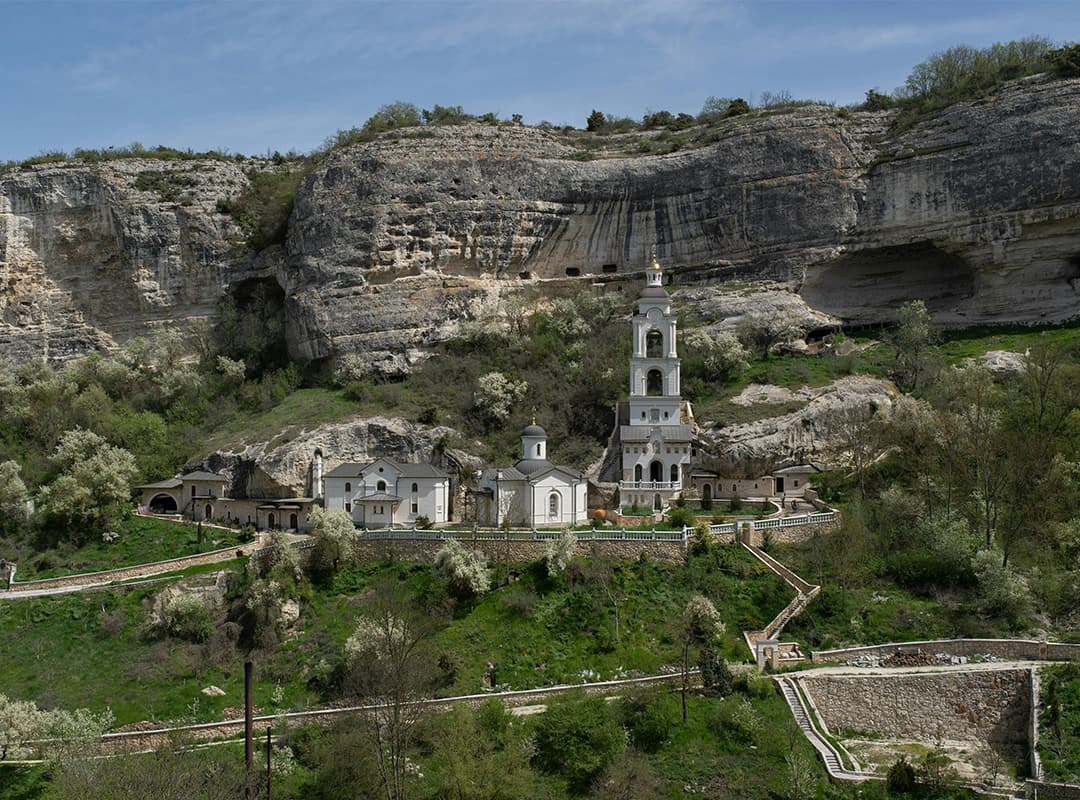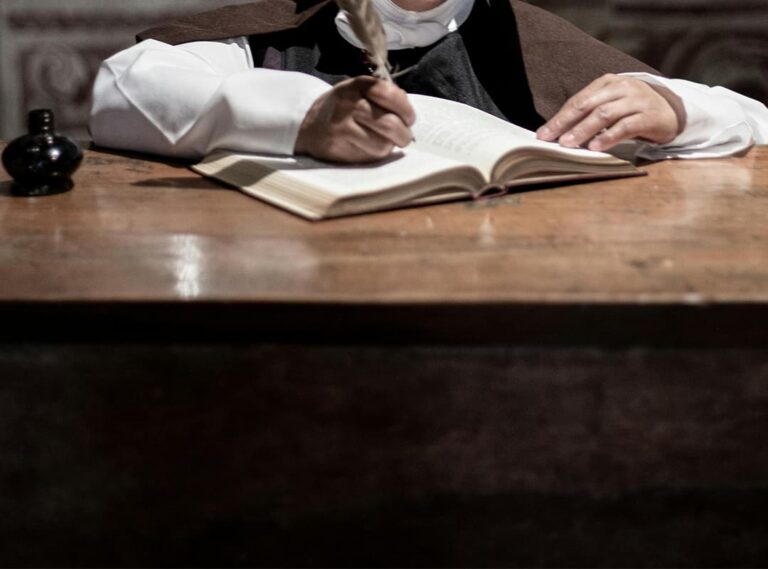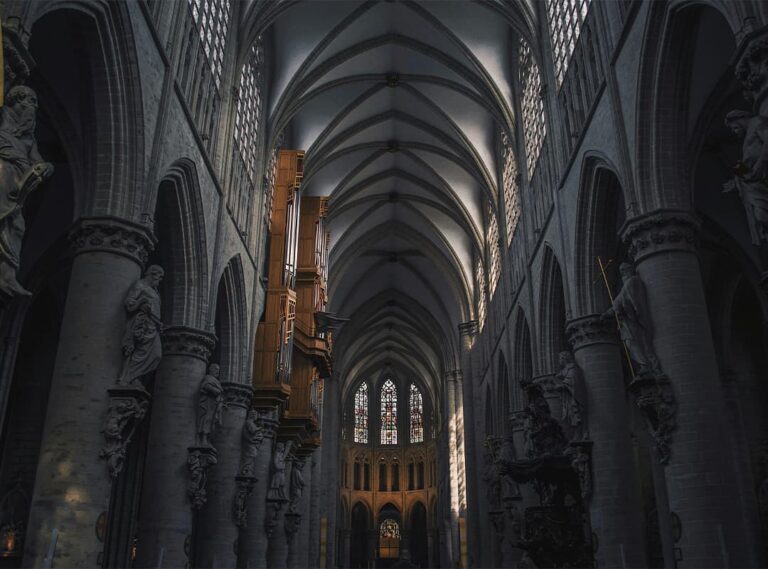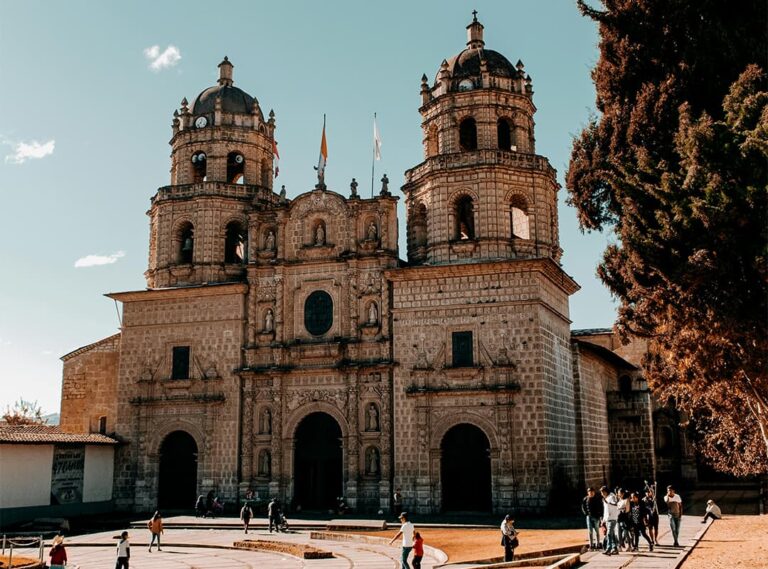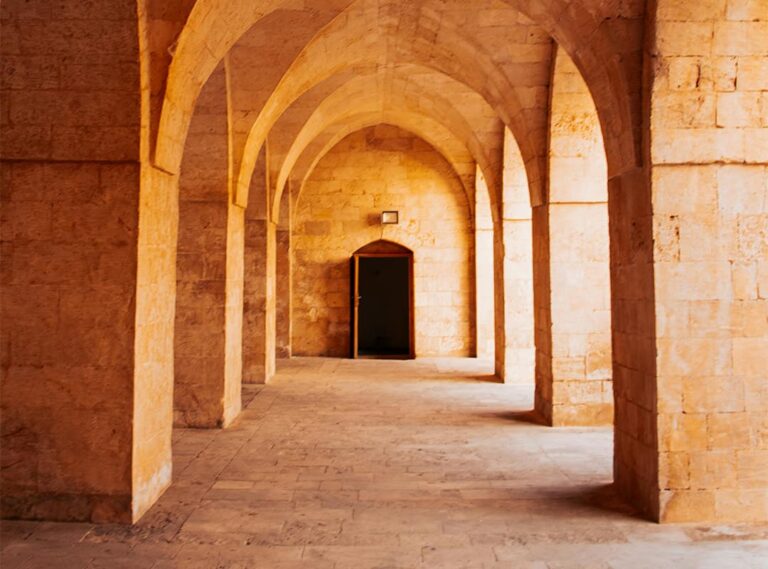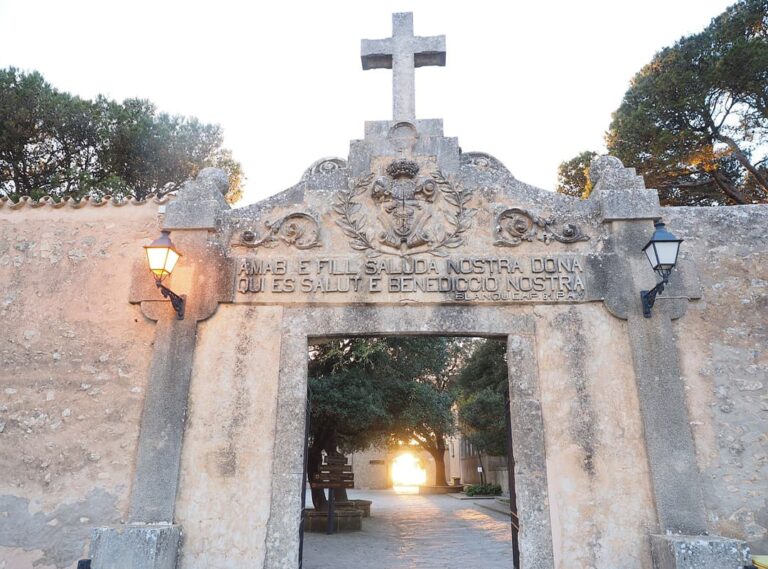The Franciscan Order, established by Saint Francis of Assisi, is renowned for its dedication to poverty, humility, and service. Over the centuries, many Franciscans have demonstrated these values through acts of extraordinary courage and sacrifice, often paying the ultimate price for their faith. The relics of Franciscan martyrs serve as powerful symbols of this profound commitment and continue to inspire the faithful. This article explores the significance and legacy of Franciscan martyr relics, shedding light on their historical and spiritual importance. The history of the Black Madonna, known for its deep spiritual resonance, provides a broader context of how relics and sacred symbols shape religious devotion.
The Historical Context of Franciscan Martyrs
Franciscan martyrs are those members of the Order who have faced persecution and death for their unwavering faith and dedication to their mission. The earliest Franciscan martyrs were often missionaries who ventured into dangerous territories to spread the Gospel. Their sacrifices were not in vain; they left behind a legacy of faith that continues to inspire and strengthen the Franciscan community and the broader Christian tradition.
The martyrdom of these Franciscans is deeply intertwined with the Order’s mission of serving the marginalized and confronting injustice. Their sacrifices often occurred in the face of religious, political, or social opposition, reflecting their commitment to living out the values of Saint Francis in the most challenging circumstances.
The Significance of Relics
- Spiritual Symbolism
Relics of Franciscan martyrs are venerated as tangible connections to the saints’ holy lives and sacrifices. These relics, which can include physical remains or personal items of the martyrs, serve as symbols of their enduring faith and commitment. They remind the faithful of the profound courage and devotion exhibited by these martyrs and inspire others to follow their example. - Historical and Cultural Value
Beyond their spiritual significance, the relics of Franciscan martyrs hold considerable historical and cultural value. They provide insights into the lives of early Franciscans and the historical contexts in which they lived and died. These relics also contribute to the rich tapestry of Franciscan history, preserving the memory of those who gave their lives for their faith. - Pilgrimage and Veneration
Relics often become focal points for pilgrimage and veneration. Pilgrims visit the sites where these relics are housed to seek spiritual solace, guidance, and inspiration. The veneration of relics is an integral part of Franciscan spirituality, connecting the faithful with the historical and spiritual heritage of the Order.
The Broader Context: Black Madonna History
The Black Madonna, particularly the Black Madonna of Częstochowa, is a significant religious icon in Christian tradition, particularly in Poland. The history of the Black Madonna is intertwined with themes of protection, faith, and devotion. Known for its dark complexion, the icon is believed to have miraculous qualities and has been a focal point of pilgrimage and veneration.
The Black Madonna’s history underscores the broader tradition of venerating sacred relics and symbols in Christianity. Just as the relics of Franciscan martyrs serve as tangible connections to the saints’ sacrifices and virtues, the Black Madonna represents a profound symbol of divine protection and spiritual solace. Both serve as important elements of religious devotion, connecting believers with the sacred through historical and spiritual narratives.
The Preservation and Presentation of Relics
The preservation and presentation of relics involve careful handling and reverence. Relics are often enshrined in reliquaries, ornate containers designed to protect and honor these sacred objects. The careful management of relics ensures that they continue to serve as sources of inspiration and connection for future generations.
Franciscan institutions, including monasteries and churches, often house relics of martyrs, providing a space for reflection and devotion. These sites serve as reminders of the enduring legacy of Franciscan martyrs and the ongoing relevance of their sacrifices in the life of the Church.
The relics of Franciscan martyrs hold profound significance within the Franciscan tradition and the broader Christian faith. They serve as powerful symbols of devotion, sacrifice, and spiritual commitment. The history of the Black Madonna adds depth to our understanding of how sacred symbols and relics shape religious devotion and inspire the faithful. By preserving and venerating these relics, the Franciscan Order and the Christian community continue to honor the remarkable lives and sacrifices of those who have gone before, ensuring that their legacy remains a source of inspiration and faith.
